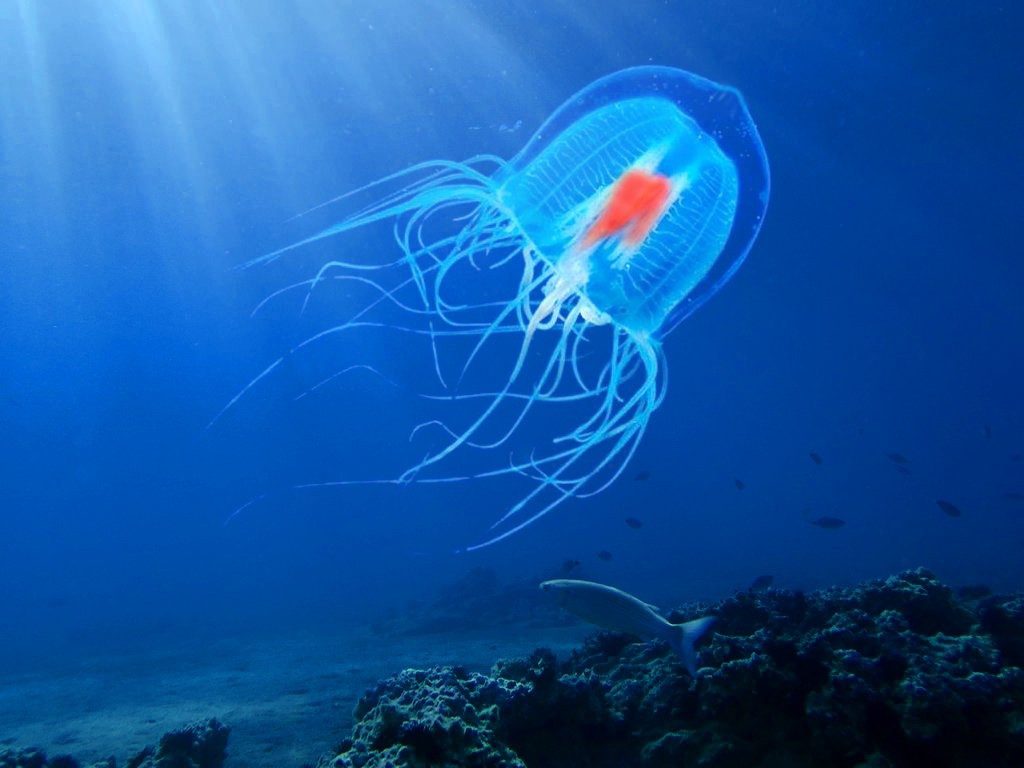Health
Meet Turritopsis Dohrnii, “Immortal Jellyfish” That Can Reverse In Age, Likely To Live Forever, New Research
The human desire for immortality has long been a millennial human obsession. Humans have dabbled in all kinds of directions, from the mystic dimensions of religion to the science of cryogenics and even the fountain of youth.

Yet, it turns out, the trick to avoiding death may have been sitting in plain sight—or, more precisely, lying under the waves. Meet the Turritopsis dohrnii—the “immortal jellyfish”—who has an incredible capacity to undo its ageing and still not die.
The life cycle of the immortal jellyfish is similar to any other jellyfish, at least in normal circumstances.
It starts as a larva, grows into a polyp (an unspinning, nonmoving object resembling something like a miniature anemone), and then develops into the adult medusa.
However, given environmental stress or injury, this jellyfish returns to a previous phase of its life cycle, turning its adult cells back into polyp (young) cells. Courtesy of the Natural History Museum.
This morphology is referred to as “transdifferentiation” and gives the jellyfish the opportunity to restart its life cycle. By doing so, the jellyfish’s specialised cells convert into more generalised, unspecialised cells that can turn themselves back into new cell types and rebuild the body to its youthful, polyp-like state.
After a jellyfish has become a polyp, its life cycle is essentially restarted. This way, it can develop into a fully grown medusa once again and not die of old age.
Ideally, this back-and-forth and re-growth can occur at any time so that the jellyfish can “evade” natural ageing.
The animal was first described by scientists in 1883, but it would take 100 years for scientists to stumble across its perpetual life cycle while preserving it in captivity.
The jellyfish, first found in the Mediterranean and now found in oceans across the world, is tiny, typically only 4-5 millimeters across, about the size of a pinky nail.
Although immortal in principle, Turritopsis dohrnii is far from unbreakable.
In the wild, it is under pressure, as are all marine animals, from predation, disease, and natural threats. Although it can biologically “start over” forever, many people die before they are able to exploit this gift to extend their lifespan dramatically.
But it’s a phenomenon that’s kept scientists intrigued and eager to discover how it keeps going. Researchers are looking to see if we could learn more about the jellyfish’s molecular dynamics in order to improve anti-ageing, cancer, and regenerative medicine.
For instance, the ability to safely “reprogram” human cells could lead to therapies for healing damaged tissue or even slowing down ageing.
Watch the video below, courtesy of National History Museum















